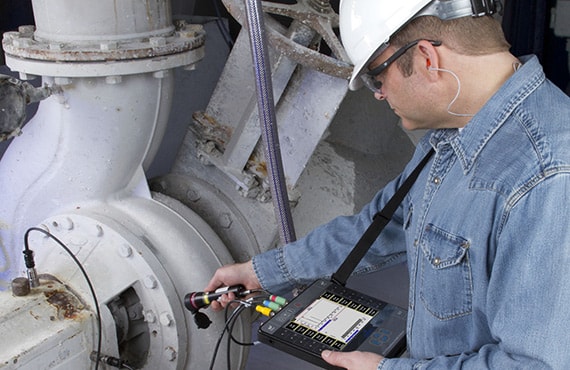SAE J575 – Automotive Lighting Vibration Test
The SAE J575 standard is a crucial component in ensuring that automotive lighting systems are capable of withstanding the harsh operating environments they encounter. This test evaluates the durability and reliability of automotive headlamp assemblies, particularly focusing on their ability to withstand vibration-induced mechanical stresses.
Automotive lighting systems must perform reliably under various conditions, including road vibrations, which can vary significantly depending on the type of vehicle and driving conditions. The SAE J575 test simulates these real-world conditions by subjecting the headlamp assemblies to controlled levels of vibration. This ensures that any potential issues are identified early in the development process, allowing for necessary improvements before mass production.
The standard is widely recognized in the automotive industry and is essential for manufacturers aiming to meet regulatory requirements and improve product quality. It not only enhances the reliability of lighting systems but also contributes to overall vehicle safety by ensuring that critical components perform as expected under stress.
For R&D engineers, compliance officers, and quality managers working on headlamp assemblies or related automotive lighting projects, adherence to SAE J575 is non-negotiable. It provides a benchmark for testing procedures, which helps in maintaining consistent product quality across different manufacturing processes and environments.
Why It Matters
The automotive industry places high importance on the durability of its products, especially critical components like headlamp assemblies. The SAE J575 test is significant because it addresses a specific type of stress that can affect the performance and lifespan of these systems. Road vibrations are an inevitable part of driving conditions, and without proper testing, manufacturers could face unforeseen issues in the field.
By conducting this vibration test according to SAE J575, manufacturers ensure that their products meet stringent quality standards. This not only enhances brand reputation but also contributes to customer satisfaction by delivering reliable products. Moreover, compliance with such industry standards is often a requirement for market entry in many countries.
The test helps identify potential weaknesses early on, allowing for timely corrective actions. It ensures that the final product can withstand the rigors of real-world driving conditions, thereby enhancing overall vehicle safety and performance. This is particularly important given the increasing demand for high-quality automotive lighting systems that meet both functional and aesthetic expectations.
Scope and Methodology
| Parameter | Description | Details |
|---|---|---|
| Vibration Frequency Range | Frequency range to which the headlamp assembly is subjected | 4 Hz – 150 Hz |
| Vibration Amplitude | Absolute vibration level during the test | Amplitude of 2.5 mm RMS (Root Mean Square) |
| Durability Period | Total duration of exposure to vibration | 10,000 cycles with a dwell time of 3 seconds between each cycle |
| Test Environment | Conditions under which the test is conducted | Temperature range: -25°C to +40°C, humidity controlled at 93% RH |
The SAE J575 vibration test follows a specific methodology designed to simulate the real-world conditions that automotive headlamp assemblies might encounter. The test involves subjecting the assembly to a range of frequencies and amplitudes, ensuring it can withstand the stresses associated with road vibrations. This rigorous testing process helps identify any potential weaknesses or issues early in the development cycle.
The test is conducted under controlled conditions that mimic typical driving environments, including variations in temperature and humidity. The assembly undergoes a series of cycles, each lasting 3 seconds, to ensure it can handle the sustained stress over time. Compliance with these standards ensures that manufacturers produce high-quality products that meet both functional and safety requirements.
Benefits
- Enhanced Durability: Ensures headlamp assemblies can withstand the rigors of real-world driving conditions.
- Improved Reliability: Identifies potential issues early, allowing for timely corrective actions.
- Increased Safety: Contributes to overall vehicle safety by ensuring critical components perform as expected under stress.
- Regulatory Compliance: Helps manufacturers meet stringent industry and regulatory requirements.
- Brand Reputation: Enhances brand reputation by delivering reliable products that meet high standards.
- Customer Satisfaction: Ensures customer satisfaction through the delivery of high-quality, durable headlamp assemblies.
- Cost Savings: Identifies and resolves issues early in the development process, reducing costs associated with post-production failures.





